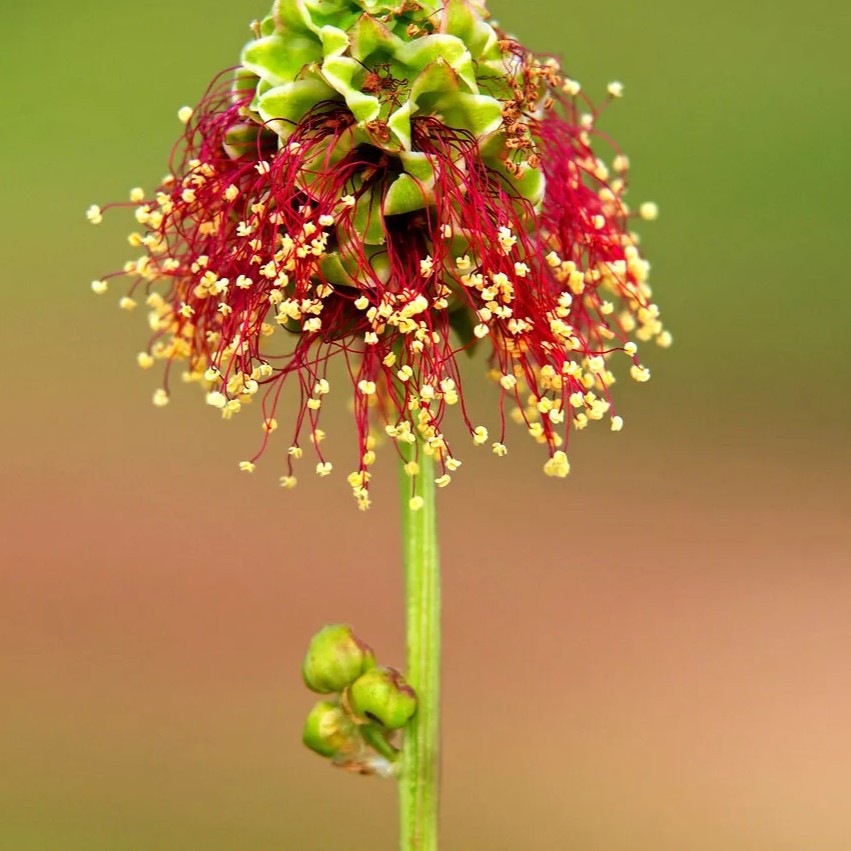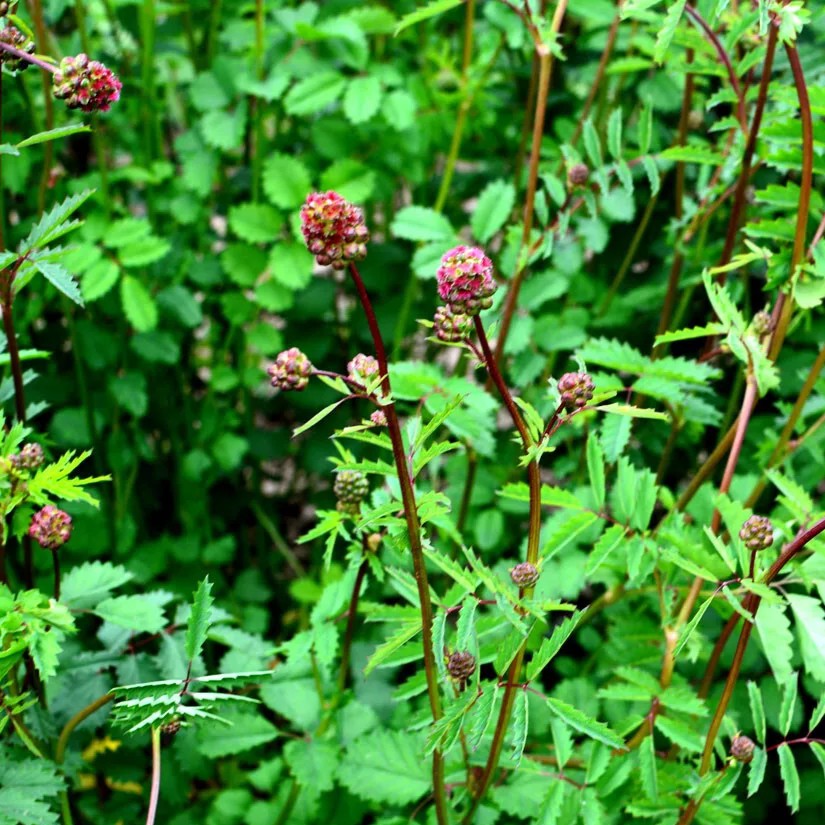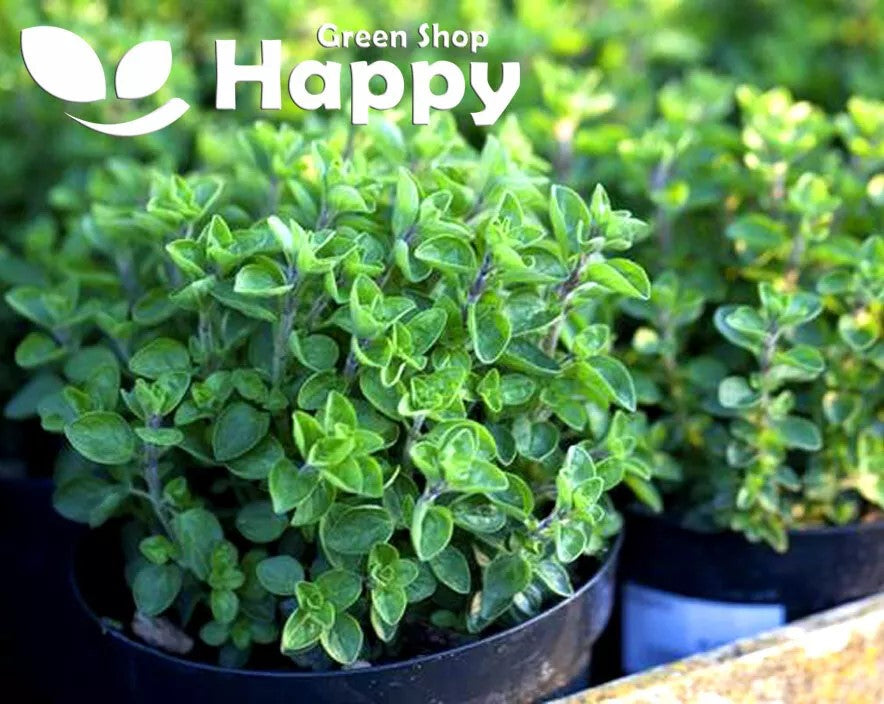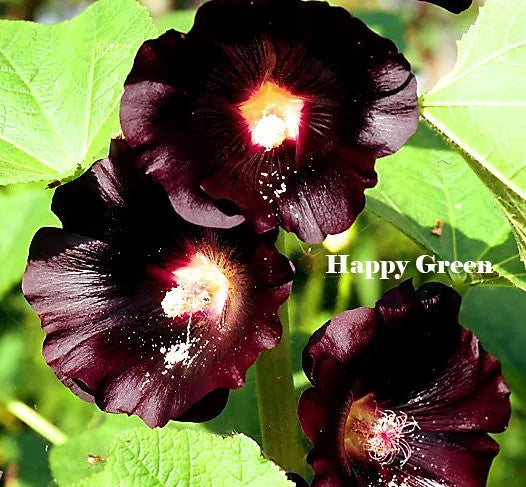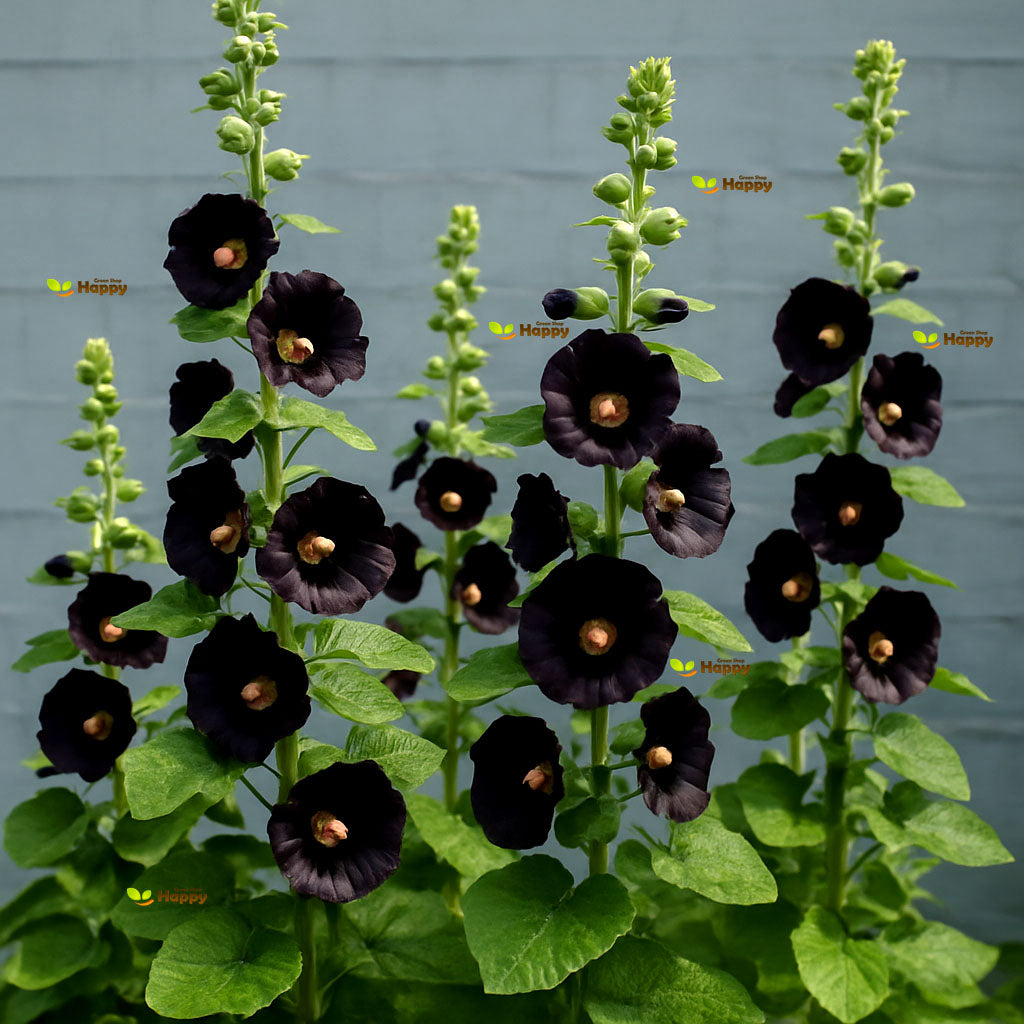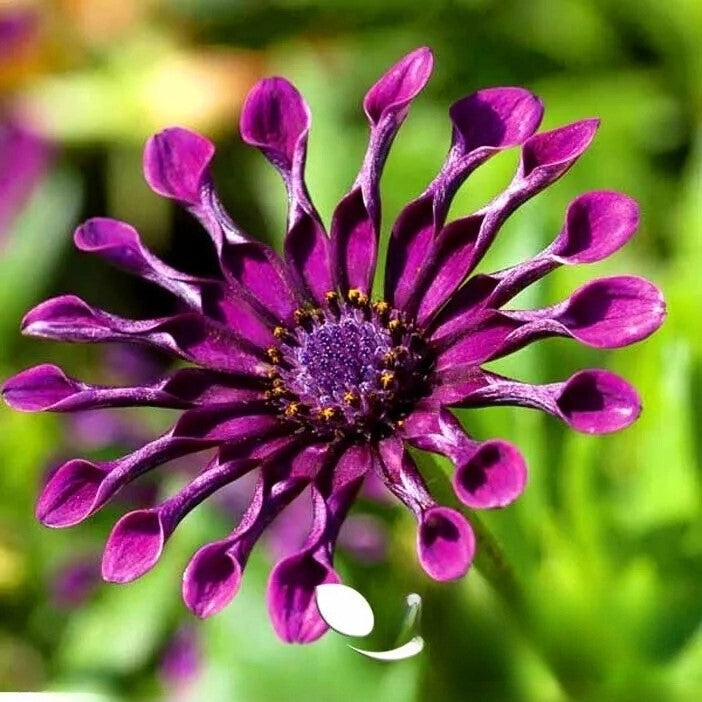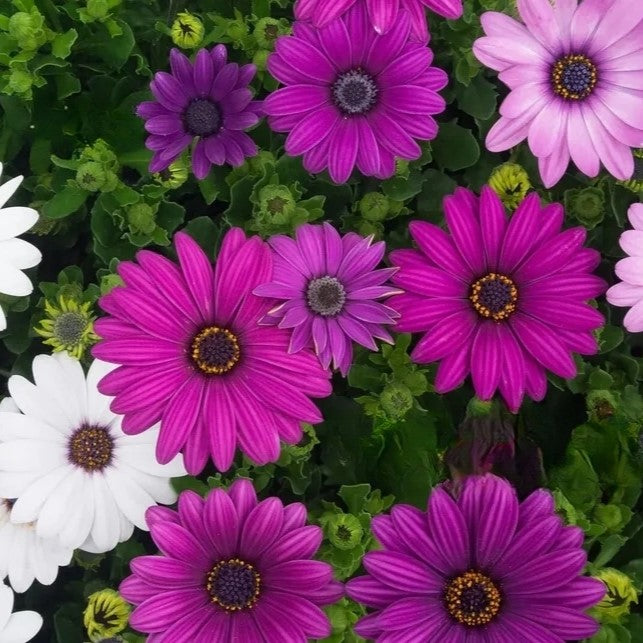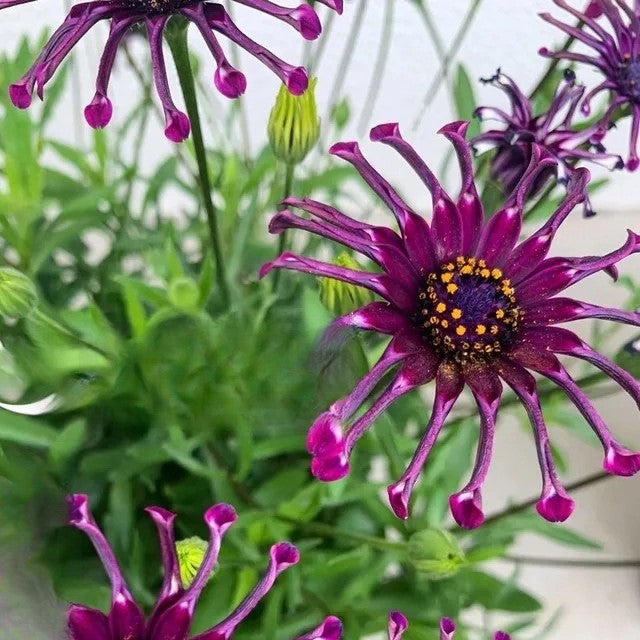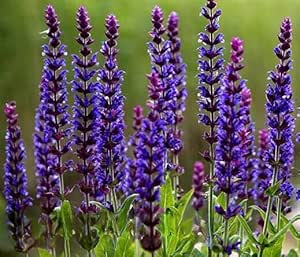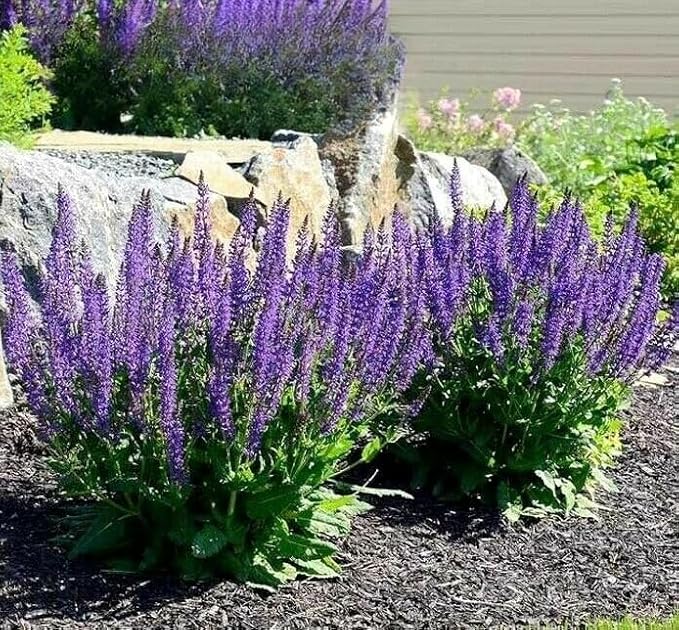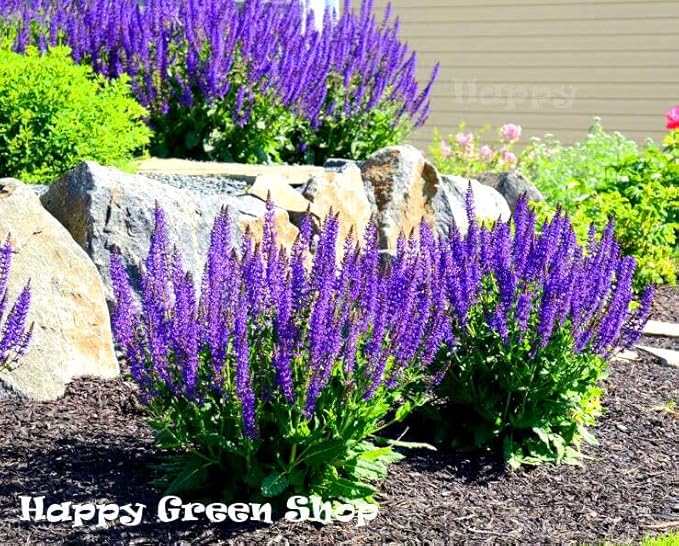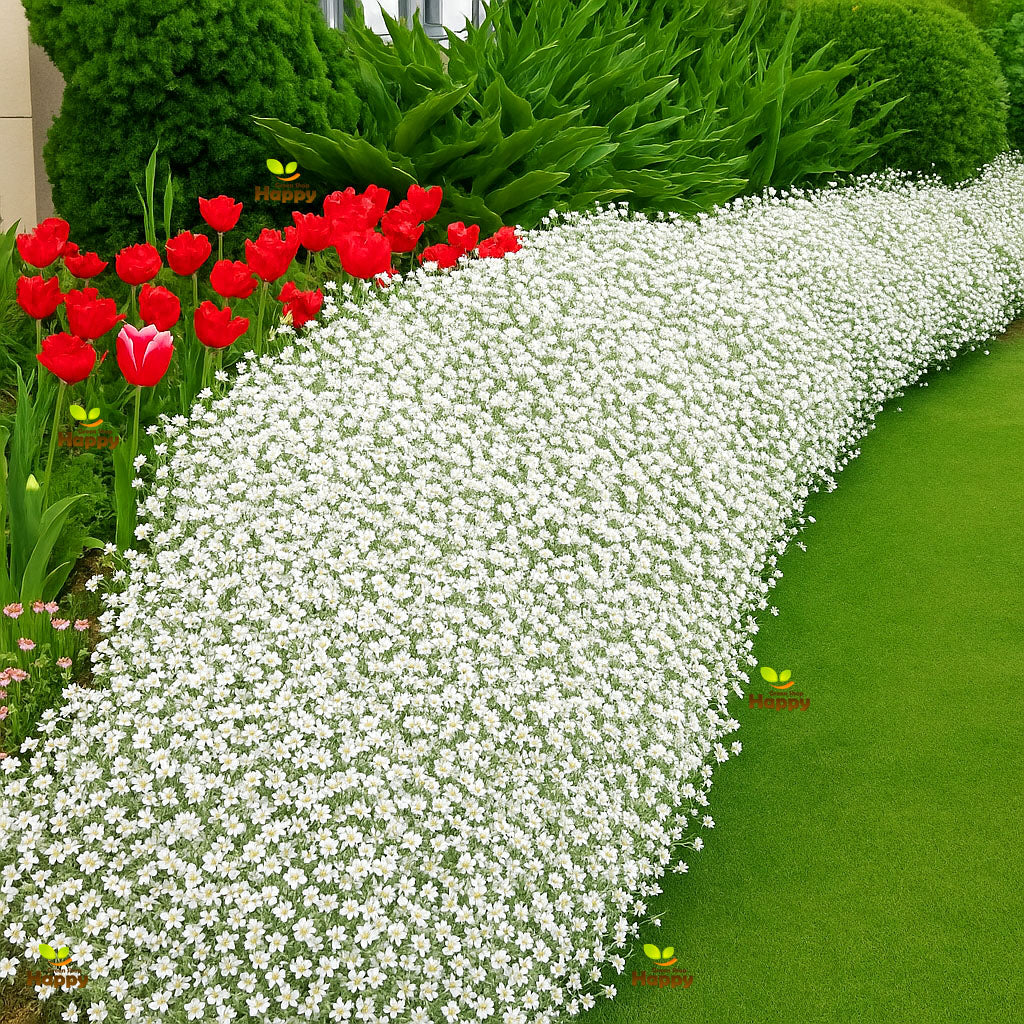Sort by:
177 products
177 products
Salad Burnet – Seeds (Sanguisorba minor)
Salad Burnet is a hardy perennial herb known for its fresh, cucumber-like flavor. Its delicate, serrated leaves are perfect for adding to salads, dips, sauces, and refreshing summer drinks. An attractive, low-maintenance plant, it also makes a lovely edging herb for the garden.
This herb is drought-tolerant once established and can be harvested repeatedly throughout the growing season. A traditional herb with both culinary and ornamental value.
How to Grow
-
Sow indoors: March – April
-
Sow outdoors: April – June
-
Depth: 0.5 cm, lightly cover
-
Spacing: 25–30 cm between plants
-
Position: Full sun to partial shade
-
Soil: Well-drained, light to medium soil
-
Watering: Moderate; drought tolerant once mature
Key Features
-
Perennial herb with cucumber-like flavor
-
Ideal for salads, sauces, and refreshing drinks
-
Hardy, drought-tolerant, and low maintenance
-
Attractive edging plant for herb gardens
-
Repeated harvests throughout summer
Harvest
-
Harvesting period: May – October
-
Pick young, fresh leaves regularly for the best flavor.
Short Tip
Snip leaves just before use, as their delicate flavor is best enjoyed fresh.
Blanket Flower ‘Burgundy’ Seeds (Gaillardia aristata)
Bring vibrant late-summer color to your garden with Blanket Flower ‘Burgundy’ (Gaillardia aristata). This hardy perennial produces striking burgundy-red daisy-like blooms with golden tips, perfect for borders, beds, and pollinator-friendly gardens. Easy to grow and long-flowering, it attracts bees and butterflies while adding a cheerful, naturalized look to your landscape.
How to Grow
-
Sow seeds directly outdoors in spring or indoors 6–8 weeks before the last frost.
-
Use well-drained soil in full sun.
-
Scatter seeds thinly and cover lightly with soil.
-
Keep soil moist until germination (10–14 days).
-
Thin seedlings to 25–30 cm apart once established.
-
Deadhead spent flowers to encourage continuous blooming.
Key Features
-
Striking burgundy-red blooms with golden tips
-
Hardy perennial, long-flowering and easy to grow
-
Ideal for borders, beds, and naturalized plantings
-
Attracts bees, butterflies, and other pollinators
-
Adds vibrant late-summer color to garden landscapes
Ideal For
-
Flower borders and cottage gardens
-
Pollinator-friendly garden beds
-
Naturalized and wildflower-style plantings
-
Cutting gardens for fresh bouquets
Sowing
-
Best time: Spring outdoors or 6–8 weeks earlier indoors
-
Germination: 10–14 days
-
Sow thinly, cover lightly, and keep soil moist
-
Prefers full sun and well-drained soil
Quick Tip
-
For extended flowering, sow in drifts or clusters and remove spent blooms regularly.
Mixed Cacti – Seeds
Mixed Cacti is a collection of hardy, slow-growing succulent plants perfect for indoor or outdoor rockeries, terrariums, and container gardens. These unique plants feature a variety of shapes, sizes, and textures, adding exotic charm to any collection. Ideal for hobby gardeners, collectors, and low-maintenance garden enthusiasts.
Why Grow Mixed Cacti?
-
Variety of unique shapes, sizes, and textures
-
Low-maintenance and drought-tolerant
-
Perfect for indoor, outdoor, or container planting
-
Adds exotic appeal to any garden or collection
Key Features
-
Type: Succulent / Cacti
-
Height: Varies by species
-
Flowers: Seasonal (species-dependent)
-
Position: Full sun to partial shade
-
Soil: Well-drained, sandy or cactus mix
Ideal For
-
Terrariums, rockeries, and container gardens
-
Indoor and outdoor succulent collections
-
Low-maintenance and drought-tolerant plantings
-
Gardeners and collectors seeking variety
Sowing & Growing
-
Sow indoors: February–April in seed trays
-
Sow outdoors: April–May in well-drained soil
-
Germination: 2–6 weeks, depending on species
-
Spacing: Plant according to mature size
-
Care: Minimal watering; avoid overwatering
Greek Oregano – Seeds (Origanum hirtum)
Greek Oregano (Origanum hirtum) is a robust perennial herb, prized for its intensely aromatic leaves that are essential in Mediterranean cooking. Known for its strong flavor, it is a must-have for seasoning pizzas, pasta, roasted meats, and vegetables. Easy to grow and drought-tolerant, it also produces clusters of small white flowers that attract bees and other pollinators.
Why Grow Greek Oregano?
-
Classic Mediterranean herb with strong, authentic flavor
-
Hardy perennial, easy to maintain
-
Drought-tolerant and thrives in poor soils
-
Attracts bees and pollinators when in bloom
Key Features
-
Type: Perennial herb
-
Height: 30–60 cm
-
Spread: 30–45 cm
-
Flowering: June–August
-
Position: Full sun
-
Soil: Light, well-drained
Ideal For
-
Culinary herb gardens
-
Mediterranean and rock gardens
-
Container growing
-
Pollinator-friendly borders
Sowing & Growing
-
Sow indoors: February–April in trays/pots
-
Germination: 10–21 days at 18–22°C
-
Transplant outdoors: After frost risk has passed
-
Direct sow outdoors: May–June
-
Spacing: 25–30 cm apart
-
Harvest leaves regularly for best flavor
Tip: Trim plants after flowering to keep them compact and encourage fresh growth.
Rock Cress ‘Cascade Blue’ – Seeds (Aubrieta cultorum)
Rock Cress ‘Cascade Blue’ (Aubrieta cultorum) is a hardy, low-growing perennial renowned for its vibrant blue-purple flowers that carpet the garden in spring. Ideal for rockeries, walls, borders, and cascading over edges, this compact plant forms a dense mat of foliage with long-lasting blooms. Easy to grow and drought-tolerant once established, it provides early-season color and attracts pollinators such as bees and butterflies.
Why Grow "Cascade Blue"
-
Stunning blue-purple blooms in early spring
-
Forms a dense, trailing mat perfect for rockeries and edges
-
Hardy, low-maintenance, and drought-tolerant
-
Attracts pollinators to your garden
Key Features
-
Type: Perennial (Aubrieta cultorum)
-
Height: 15–20 cm
-
Flowering: Early to mid-spring
-
Position: Full sun to partial shade
-
Uses: Rock gardens, borders, walls, cascading over edges, pollinator-friendly gardens
Ideal For
-
Rockeries and alpine gardens
-
Border edging and ground cover
-
Walls, steps, and raised beds
-
Pollinator-friendly spring displays
Sowing & Growing
-
Sow indoors: February–March in trays or pots
-
Sow outdoors: April–May directly in soil
-
Germination: 14–21 days at 15–20°C
-
Thin seedlings 15–20 cm apart
-
Prefers well-drained soil in full sun to partial shade
Black Hollyhock – Seeds (Althaea rosea nigra)
Black Hollyhock (Althaea rosea nigra) is a striking biennial producing tall spikes of deep, dark purple to almost black double blooms. Its dramatic flowers create a bold focal point in borders, cottage gardens, and pollinator-friendly areas. Easy to grow and long-lasting, this variety attracts bees and butterflies while adding elegance and vertical interest to any garden.
Why Grow "Black Hollyhock"
-
Tall spikes of deep purple to nearly black flowers
-
Dramatic focal point for borders and cottage gardens
-
Attracts bees, butterflies, and other pollinators
-
Hardy biennial with long-lasting blooms
Key Features
-
Type: Biennial (Althaea rosea nigra)
-
Height: 1.8–2.0 m
-
Flowering: Second year after sowing
-
Position: Full sun
-
Uses: Borders, cottage gardens, pollinator planting, cut flowers
Ideal For
-
Creating vertical interest and dramatic color in borders
-
Cottage and mixed garden designs
-
Pollinator-friendly planting
-
Gardeners seeking bold, elegant biennial flowers
Sowing & Growing
-
Sow indoors: January–March
-
Sow outdoors: Directly in soil April–May
-
Germination: 14–21 days
-
Plant out after last frost, spacing 45–60 cm apart
-
Prefers full sun and well-drained soil
African Daisy 'Ballade' Mix Seeds (Osteospermum ecklonis)
Bring a burst of color to your garden with the African Daisy 'Ballade' Mix. This vibrant blend features large daisy-like blooms in a variety of striking shades, from rich purples to sunny yellows and creamy whites. With their long flowering season and sun-loving nature, these blooms brighten beds, borders, and containers all summer long.
What Makes It Special
-
Colorful mix of bold and pastel blooms
-
Long-lasting flowers with daisy charm
-
Heat and drought tolerant once established
Key Features
-
Botanical name: Osteospermum ecklonis
-
Half-hardy perennial, grown as an annual in cooler climates
-
Height: 25–40 cm
-
Blooms: Summer to early autumn
-
Perfect for full sun
Ideal For
-
Flower beds and sunny borders
-
Patio containers and hanging baskets
-
Mediterranean or coastal-style gardens
Sowing
-
Sow indoors in spring, 6–8 weeks before the last frost
-
Press seeds lightly into moist compost, do not cover heavily
-
Germination: 10–20 days at 18–20°C
-
Harden off and transplant outdoors after frost
Woodland Sage Seeds (Salvia nemorosa)
Woodland Sage is a hardy perennial prized for its upright spires of violet-blue flowers that bloom from early summer into autumn. With aromatic foliage and a long flowering season, it’s a pollinator magnet, attracting bees and butterflies all season long. Easy to grow and drought-tolerant once established, it’s a reliable choice for borders, cottage gardens, and naturalistic plantings.
What Makes It Special
-
Striking violet-blue flower spikes that bloom for months
-
Attracts bees, butterflies, and pollinators
-
Low-maintenance, hardy, and drought-tolerant
Key Features
-
Botanical name: Salvia nemorosa
-
Hardy perennial
-
Height: 40–60 cm (16–24 in)
-
Bloom time: Early summer to autumn
-
Aromatic foliage
Ideal For
-
Borders and cottage gardens
-
Pollinator-friendly plantings
-
Naturalistic and dry gardens
Sowing
-
Sow indoors Feb–Apr or outdoors Apr–Jun
-
Press seeds lightly into soil; do not cover deeply
-
Germination: 14–21 days at 18–22°C
-
Space plants 30–40 cm apart
-
Flowers from the second year onward
Snow in Summer Seeds (Cerastium tomentosum)
Snow in Summer is a hardy perennial ground cover that produces a blanket of silvery-grey foliage topped with masses of star-shaped white flowers in late spring. Its low-growing, spreading habit makes it ideal for rock gardens, borders, slopes, or between paving stones. Drought-tolerant and low-maintenance, it brightens garden spaces with a soft, silvery shimmer.
What Makes It Special
-
Silvery foliage with abundant star-shaped white flowers
-
Hardy, drought-tolerant, and low-maintenance
-
Ideal as ground cover or for rock gardens and slopes
Key Features
-
Botanical name: Cerastium tomentosum
-
Hardy perennial
-
Height: 15–20 cm (6–8 in)
-
Bloom time: Late spring to early summer
Ideal For
-
Rock gardens, borders, and slopes
-
Ground cover and pathways
-
Low-maintenance and drought-tolerant planting
Sowing
-
Sow indoors Feb–Apr or outdoors Mar–May
-
Lightly cover seeds with soil; keep moist
-
Germination: 14–21 days at 18–20°C
-
Thin seedlings 20–25 cm apart
-
Flowers from the first or second year
Showing 9/177

